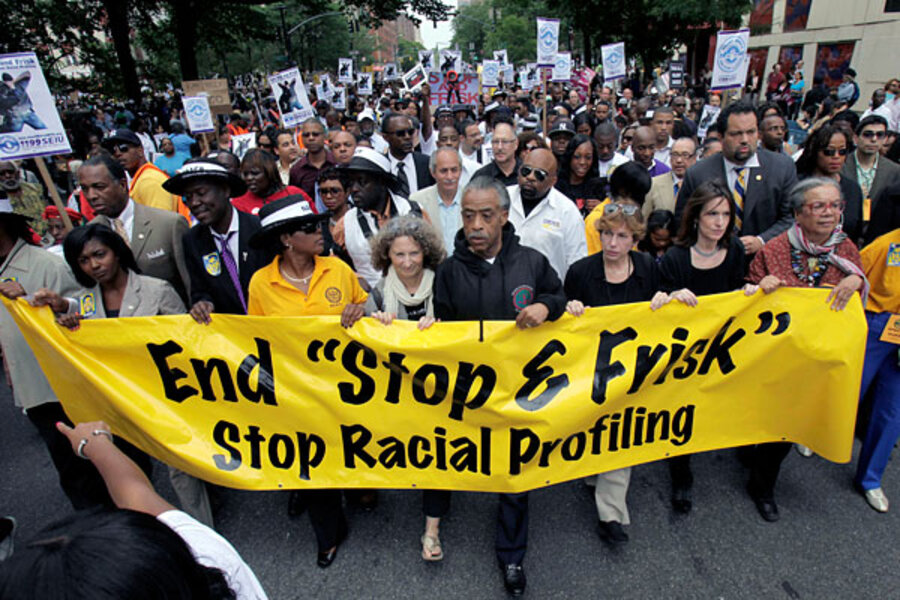Not surprisingly, it depends whom you ask.
“It’s almost like asking ‘is the Pope Catholic?’ ” says Robert Gangi, director of the Police Reform Organizing Project at the Urban Justice Center. “Of course it’s racist. Eighty percent of people stopped are black or brown.”
Mr. Gangi says the practice “targets everybody of a certain color, certain age cohort who live in certain communities, basically low-income black and brown young men.”
Black and Hispanic men between 14 and 24 make up 4.7 percent of the city’s population, but comprise 41.6 percent of all people stopped and frisked, evidence that the program is racially biased, according to Gangi.
Heather Mac Donald, a fellow at the Manhattan Institute and author of “Are Cops Racist,” says stops and arrests should be compared against crime data, not population data.
Blacks commit two-thirds of violent crimes in New York, 70 percent of robberies, and 80 percent of shootings, with blacks and Hispanics together committing 98 percent of shootings in New York, according to NYPD data, says Ms. Mac Donald. Those figures, she says, explain why stops are targeted toward those communities.
“Shootings produce police activity,” she says. “Shootings are bringing police to an area, not the race of the people who live there.”
As such, Mac Donald says, stop and frisk targets crime, not race. “The NYPD focuses resources on where citizens need them most, they happen to be minorities.”







